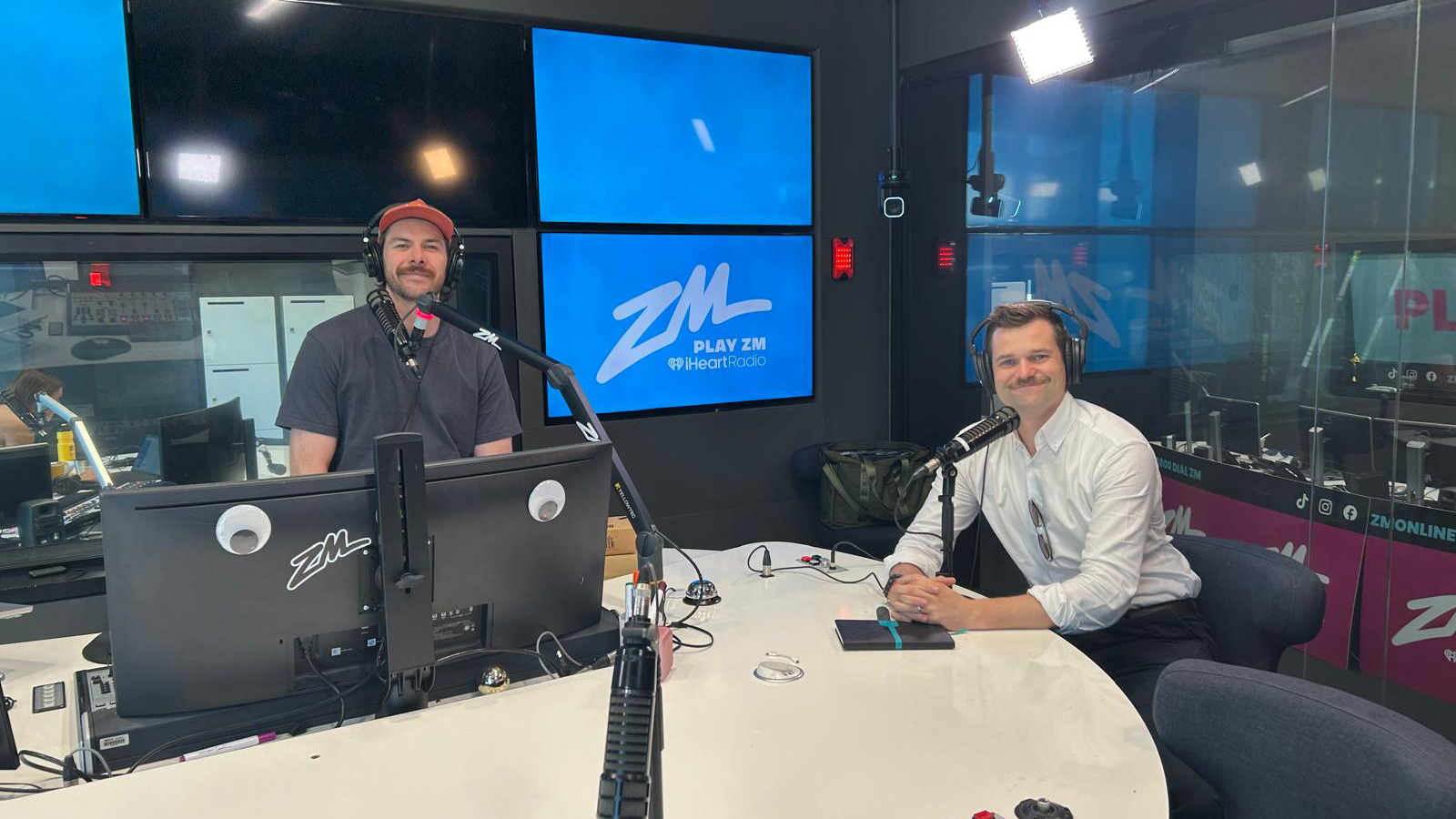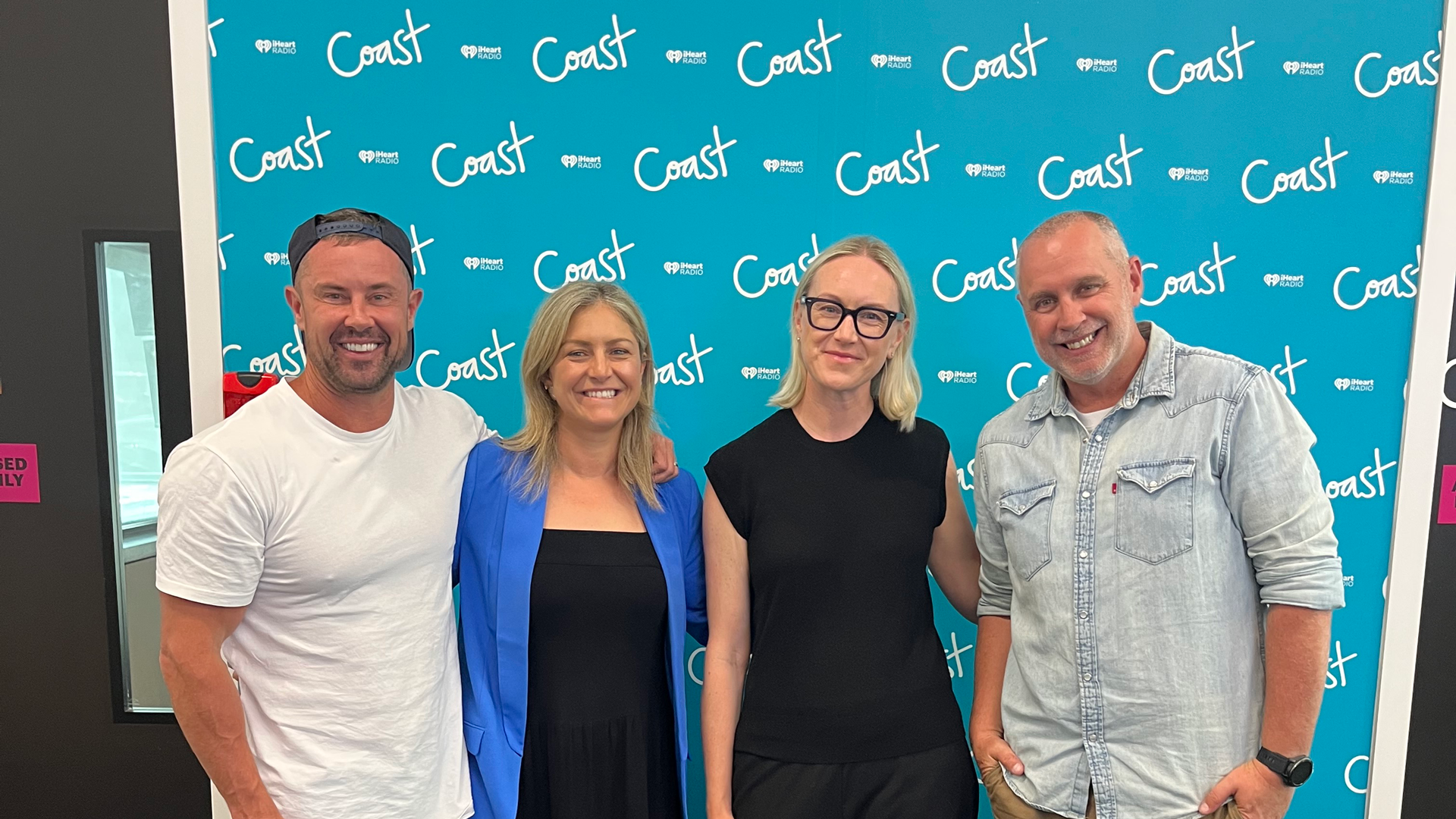The RBNZ’s final OCR announcement for 2024 is due, with Kiwis hoping for good news leading into Christmas. Will it be a 0.5% or a larger 0.75% cut and does the quantum really matter? What does it mean for mortgages and future RBNZ decisions in 2025? Milford Investment Analyst Katlyn Parker talks with Ryan Bridge about the factors driving this highly anticipated announcement.
Watch.
Listen.
Click here to download the MP3 file or listen to the podcast on your favourite platform:
Read.
Bridge talks Business: 26 November 2024
Episode Transcript
Ryan Bridge
Kia ora everyone and welcome to Episode 16 of Bridge talks Business with Milford. This is our last episode for 2024, but don’t worry, we’ll be back in 2025, and I’ll tell you more about that a little later on. This week, the big kahuna is the OCR, and Katlyn Parker is standing by to get us across what exactly this week’s rate cut will mean for mortgage interest rates, but also for investments. But first up, as always, here are your top five business bits from the past seven days.
1. The Trump bump is real. According to PMI Business Sentiment Survey results, which is the first global data point post the US election, as suspected, the Trump administration’s pro-US agenda saw business confidence up in the US and down in Europe.
2. Also real is the Nvidia hype, the world’s biggest company reporting profits slightly better than expectations, but the share price down 8% since the results, indicating that the expectations have well and truly caught up with the hype.
3. Back home here in New Zealand, Kiwi bonds rallied and the dollar fell in response after Treasury’s chief economist revised down an assessment of our future economic activity.
4. Over in the UK, growth looks to be slowing there with retail sales last week disappointing. Like in New Zealand, the UK struggling with higher interest rates as inflation has been stubbornly sticky there.
5. We await the Reserve Bank of New Zealand where a half a percent cut is expected in the OCR, but some think three quarters of a point cut is warranted. With a near three-month hiatus until the next Reserve Bank meeting, this meeting will be key for market pricing and mortgage rates over the coming months.
And that is where we’re starting with this week’s feature interview with the OCR, the Official Cash Rate – of course, big news this week here in Aotearoa, New Zealand. Who better to ask than Katlyn Parker from Milford who is with us to run us through exactly what it means, and just a reminder that this segment is informational only and should not be considered financial advice. Katlyn, great to have you back on the podcast.
Katlyn Parker
Thanks, great to be here.
Ryan Bridge
Just bookending this podcast for us in 2024.
Katlyn Parker
It’s an honour.
Ryan Bridge
And the reason that you’re here is obvious, because we always talk about the OCR. First of all, why is it, especially when you’ve got Donald Trump entering the White House over our summer period, why does the Reserve Bank have such a long holiday?
Katlyn Parker
It’s always been the case that they have this three-month hiatus over the summer period. So, they have a meeting in November and then they resume back in the latter half of February. So, New Zealand itself has one last meeting a year than the Reserve Bank of Australia, for example. They have eight meetings a year. But here in New Zealand, we only have seven. But saying that, they do have the ability to have an emergency meeting if it was required.
Ryan Bridge
Okay, so if the sky falls in, then we can actually recall them and do something.
Katlyn Parker
Exactly.
Ryan Bridge
All right. So, given what the pundits are saying about what’s expected to happen, what’s your pick – what do you think is going to happen?
Katlyn Parker
We have thankfully gone through debating whether it’s going to be a hike, a cut or a pause. And we are very much in the cutting cycle. And the debate is really coming down to the quantum. So, is it going to be a 0.25% cut, a 0.5% or a 0.75% cut? And you know, looking at them, you can actually argue a case for any of the three, to be honest. But the market is very much in consensus that it’s going to be a 0.5% cut that we’re going to get to the OCR. They’re kind of flirting with the idea that we might get a bigger 0.75% cut. But ultimately, what they’re expecting between this meeting and the meeting in February is that we’re going to have a percentage cut to the OCR, whether that’s 75, 25 or 50-50.
Ryan Bridge
Because there’s a longer period that they’re away, would they potentially be more cautious and go for a bigger one, given what’s happening internationally? And we’ve got Trump and potential tariffs and all that kind of stuff?
Katlyn Parker
The 0.75%, the case for that is really because they’re heading on this three-month hiatus, right? And the data lags. We know that. We still have a lot of pain that’s likely to come through and be felt in the economy, particularly in the labour market, which is definitely lagging. But ultimately, if they do 0.75% or 0.5%, we’re still going to have an Official Cash Rate that starts with a four. And that is still considered very restrictive. So, if we think about the neutral interest rate, so that’s the rate at which the economy is said to be very stable, in equilibrium, and inflation is around that 2% target. So, everything is just nice and flat and steady as you go. So that’s estimated in the long run – it’s just under 3% is what the Reserve Bank are thinking. So, having an Official Cash Rate still with a four in front of it, is still quite restrictive. So, you know, doing a bigger cut of a 0.75%, it’s not going to be a smoking gun. But, you know, it would be pretty nice for Kiwis for Christmas to just give them that extra bit of confidence and a better outlook for 2025.
Ryan Bridge
Because when you look at the data, it’s not like the economy is cranking again. I mean, we talk about it when we’ve had rate cuts and we’re in the rate cutting cycle, etc. But, when you look at retail sales, when you look at a whole bunch of metrics, it’s not like we’re cranking.
Katlyn Parker
No, definitely not. Things are marginally getting a bit better, but it’s off a very, very low bar. So we still have a long way to go in order to start generating good growth in the economy. And if we look at the data since the last Reserve Bank monetary policy statement. So, that was August where they released their series of forecasts of where they see things in the economy going. You know, what has actually happened? And it’s really been mixed. Like you said, there’s been some green shoots if we really want to look deeper – dairy prices have improved. And yet, like you say, confidence is improving. We’ve seen a few more houses sell at auctions. But ultimately things are still pretty weak out there. And we all thought that migration was going to be something that was really going to stimulate the housing market in particular, and also help out with the labor market. But there’s been recent reports that show that the makeup of migration has actually been a very low percentage of skilled workers. So, it hasn’t provided that inflationary impact that we were worried about at one stage.
Ryan Bridge
All right. So what about the China stimulus issue? Obviously Beijing has been trying to pull some levers in this regard. Is that going to have any impact? Is that going to make any difference?
Katlyn Parker
They have continuously highlighted that China is a downside risk for New Zealand in terms of our exports. So, naturally, when we think about what would have changed between the October meeting and now is we have President Trump. And President Trump equals negative for China. So not so good for New Zealand. So, it’s very unlikely that they’re going to have any change in terms of that negative opinion about China. Now, it’s not a smoking gun for New Zealand, but it is something that they definitely do call out and do monitor.
Ryan Bridge
What does all this mean for our mortgages? What does it mean for our interest rates? That’s the question that everyone really wants the answer to.
Katlyn Parker
If we think about the Official Cash Rate and where it is that going to be in 2025. This meeting that we’re having, one thing that’s important is what cut do they deliver and how much do they deliver? But what we’ll be really looking at is their guidance for where the Reserve Bank sees the Official Cash Rate getting next year and into 2026. At the last meeting, the Reserve Bank saw that the Official Cash Rate would get to about 3%, but that was in 2027. Given they have front loaded a lot of this cutting cycle, we do expect that the 3% low that they see is going to be brought forward to about mid 2026 or so. That’s kind of where we’re expecting the Reserve Bank to provide guidance for the Official Cash Rate. You know, the market has the OCR getting to about three and a half percent by next May and then kind of a slow and steady decrease to 3.25 percent.
And then your next question was in terms of mortgage rates. Where do we see those go in? Ultimately, there’s a few components to that. You have your wholesale interest rates that feed into your mortgage rates. So, that’s future predictions of where the OCR is going to be, essentially. That’s likely to continue to move lower. But then we have banks, they apply a margin to those wholesale rates to come up with your two-year mortgage rate that they will offer you. What we have seen is that margin has been expanding for banks this year. And why is that? We had the Assistant Governor Karen Silk. She did make this point in a recent speech that she made as well. It’s the fact that banks’ funding costs are increasing. So in Covid, they had this period where they were getting cheap funding from the bank at the OCR. So they really benefited off that. And they were able to pass this through in terms of a lower margin being applied to mortgage rates. So relief for you and I and households. And we benefited off those low rates. But now they’re not able to avail of that cheaper funding. So they’re having to pay up for expensive deposits, et cetera. So that margin, unfortunately, that is keeping a bit of pressure on that margin. However, I feel like that’s all quite doom and gloom.
Ryan Bridge
Happy 2025 everybody.
Katlyn Parker
One thing that we could see happen, which would be good for mortgage payers is that lending for housing is not great at the moment, so banks are starting to get a bit competitive and a bit of fighting is starting to come through. That is something that we could see – those margins being slashed a bit if we see a bit of a mortgage war starting.
Ryan Bridge
So basically, Katlyn, go shopping. If you’ve got a mortgage, go shopping, go get yourselves a deal, people. And then rates, as you say, will start to come down gradually. They’re predicted to come down through next year, through into 2025, probably through until mid-2025, you reckon?
Katlyn Parker
Exactly.
Ryan Bridge
Thank you so much for coming back on the show. It’s always lovely to see you.
Katlyn Parker
Pleasure.
Ryan Bridge
And that was Milford’s Katlyn Parker talking about the OCR, the final decision for 2024, of course, the next meeting taking place in February 2025.
We are taking a break ourselves over Christmas, but resuming operation on the 21st of January, not quite as long a holiday as the Reserve Bank, when we return, we’ll be in a brand new studio. And in the meantime, you can catch up on all of this year’s episodes while you’re at the beach, whether you’re hiking, whatever you’re doing with the kids. There’s links through Milford’s website, Milfordasset.com, or you can check out our YouTube or Spotify channels, wherever you get your podcasts. Merry Christmas, everyone. Happy New Year. And I’ll see you in 2025.
Missed last week’s episode? Don’t worry! Click here to catch up now.


